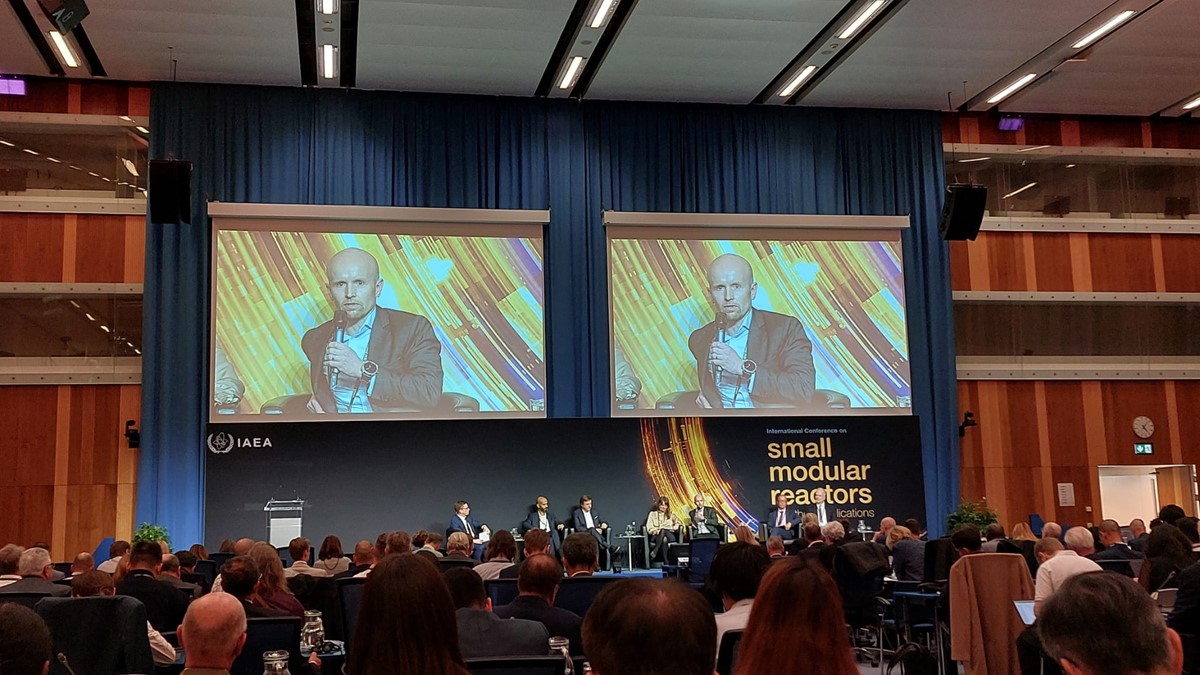
Helen’s journey towards nuclear district heating
To secure our future, we must eliminate carbon dioxide emissions and preserve biodiversity. For this, nuclear energy is an excellent solution, generating abundant clean energy with minimal environmental impact. Compared to other significant future energy production methods, a nuclear facility demands only small amounts of land area, raw materials and natural resources throughout its lifecycle. Moreover, the steady and predictable output of nuclear power supports also the adoption of further weather dependent renewable energy sources.
Introducing new nuclear energy is not without its complexities. The nuclear industry has faced challenges in the last decades since there have been so few projects, resulting in a limited pool of expertise of successful implementation. Nonetheless, the industry has been developing solutions to these issues for some time already.
Since the beginning of the 21st century, some plant suppliers have focused on improving the economic efficiency of facilities and streamlining construction processes. Safety solutions have been simplified by increasingly relying on passive safety features. Plants have partly been designed to be modular, allowing for factory construction, which reduces on-site work phases where conditions may be unfamiliar and challenging.
Over the past decade, plant suppliers have also been developing smaller reactors aimed at achieving earlier serial production and smoother projects through the repetition of similar designs. These new, smaller, modular reactors are known as SMRs (Small Modular Reactors). Some SMRs rely on proven solutions while others are in the early development pipeline and will require years of research and analysis before they can be commercially deployed.
New SMR technologies lay the groundwork for integrating a nuclear reactor into Helen's district heating production. Helen is focusing on SMR designs based on tried and tested solutions that have undergone a development journey spanning over several decades. Grounded in this development work and new technical expertise, our nuclear energy program can now proceed with determination towards realization.
Despite the new opportunities of SMRs, procuring a nuclear facility is never merely about placing an order. Smooth manufacturing and construction necessitate the establishment of seamless cooperation between the owner and the plant supplier and the creation of conditions for mutual success. For Helen, owning a nuclear power plant, assuming responsibility of safety, supporting the plant supplier, managing the waste, and potentially operating the facility all demand the development of new capabilities.
This extensive effort impacts technical know-how, leadership, and all the support functions, from human resources and procurement to cybersecurity and communication. Helen has already commenced this work, anticipating the day when fuel is loaded into the reactor, and the district heating network begins to flow with more sustainably heated water, marking the start of a new epoch in urban energy production.
 Janne Liuko on the stage in IAEA's event on SMRs in Vienna in October 2024.
Janne Liuko on the stage in IAEA's event on SMRs in Vienna in October 2024.